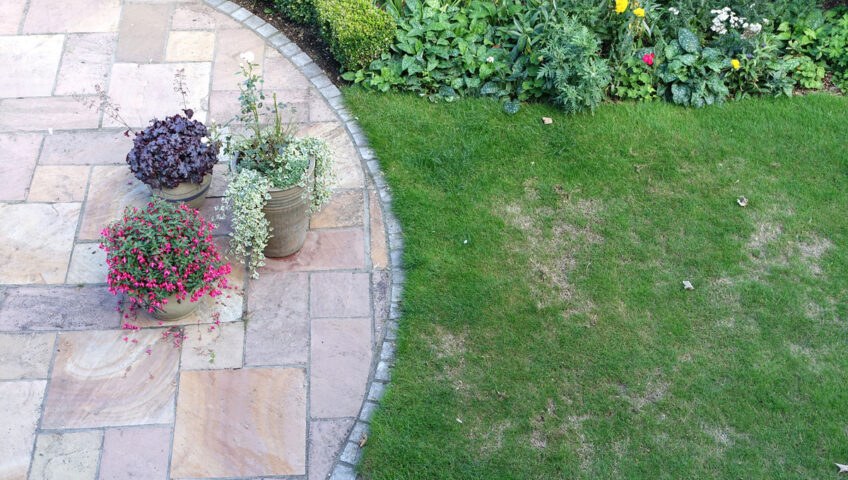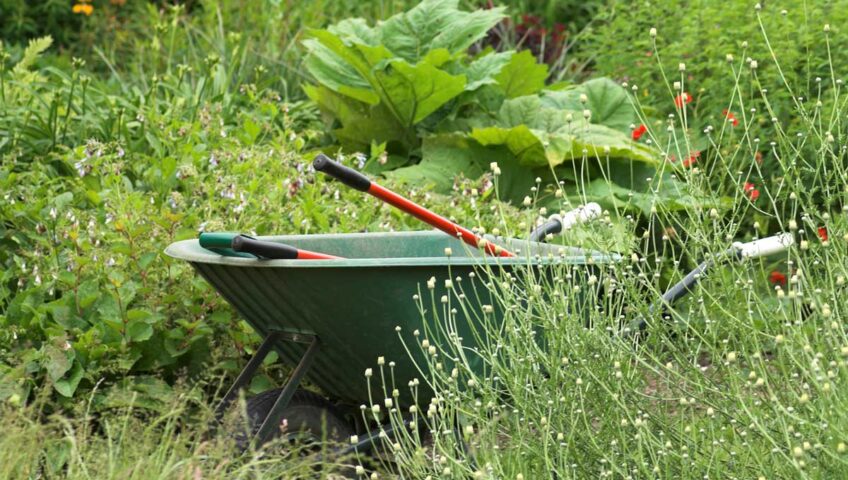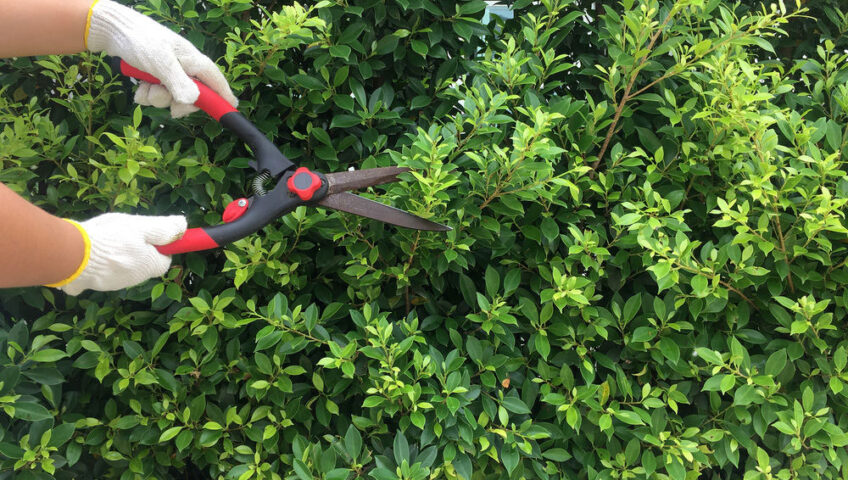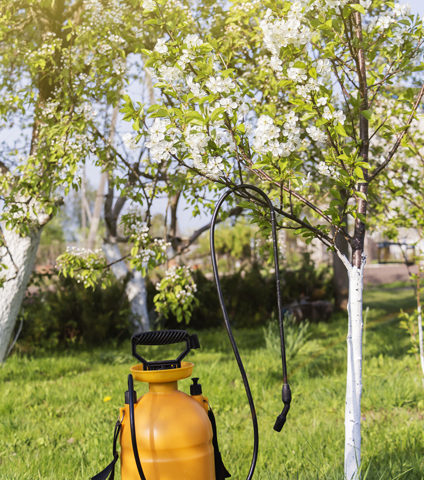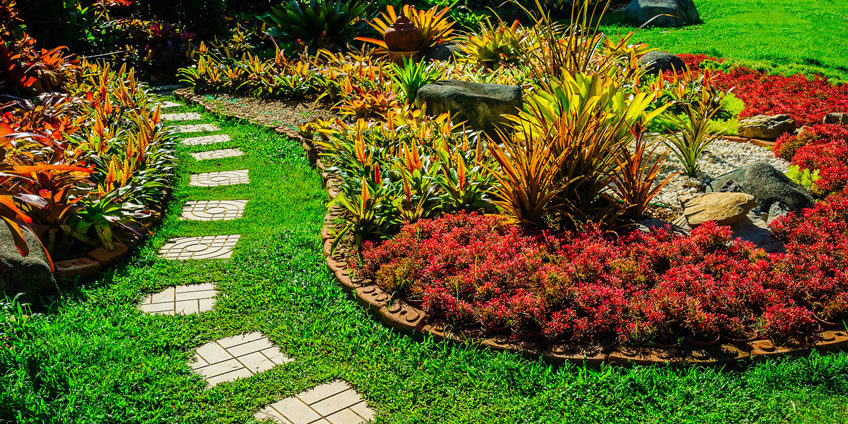For many homeowners, achieving a thick, lush lawn in a battle they fight each and every year. From winter damage to summer droughts, there are many things that can get in the way of achieving your dream lawn. If your lawn is looking weak, or is thin in some areas, there is a solution beyond just fertilizing: overseeding. Many people don’t realize that overseeding is a great solution to keeping your lawn healthy, even after your grass has established itself. Read on to learn about how overseeding helps your lawn, the best time of the year you can do it, and how you can tackle this task yourself.
Why Should I Overseed My Lawn?
Overseeding simply refers to applying new grass seeds over your existing lawn. Unlike reseeding, it doesn’t require removing any of your existing growth. Instead, overseeding works to fill in bare spots, improve the thickness of the lawn, and enhance its color. In addition, overseeding newer varieties of grass into an older lawn can improve its ability to withstand insects, disease, drought, and heavy traffic.
When Should I Overseed My Lawn?
There are two ideal times of the year to overseed your lawn – fall and spring.
- Fall is the best time of year to overseed. This is because your soil is still warm, which means that the grass seeds will germinate faster. And because there are fewer weeds growing this time of the year, your grass will have fewer competitors vying for their water, sunlight, and nutrients.
- Overseeding in spring is still a good option. The key is to wait until the soil warms up enough that the seeds can germinate before they’re eaten by your local wildlife. You’ll also want to be sure you overseed before the hot summer months, which can kill seeds and new sprouts if there isn’t enough rain to keep them moist.
How to Overseed a Lawn
In order to give your need grass seeds the best start, you should follow these steps:
- Choose a Grass Seed
Which type of grass seed you choose depends on your existing grass type. There are many options to choose from, including warm and cool season grasses, as well as ones that are aimed at helping to thicken thin lawns. If you aren’t sure of the best grass for your area, your neighborhood garden or home improvement center can help you choose the right seed.
- Mow Low
Before overseeding your lawn, cut your grass shorter than normal and be sure to bag the clippings. Next, you should rake the lawn to help loosen the top layer of soil and remove any dead grass and debris. This helps to give the grass seed easy access to the soil so it can root quickly after germinating.
- Improve the Soil
Before spreading you seend, it’s a good idea to rake in a thin layer of compost over your lawn to help the seed settle in, especially in areas where grass is thin or completely gone. Aim for about a quarter of an inch of compost so that you don’t kill your existing grass.
- Spread the Seed
Spreading the seed is the easiest part of the overseeding process. Simply fill up your spreader, adjust the setting according to the label directions, and apply. You can choose either a hand-held spreader, or a push-type model which is very handy for large yards.
- Feed and Water
To give your new grass seedlings the nutrients they need to grow strong, apply a quality fertilizer after spreading your seed. Then, be sure to keep the soil consistently moist by lightly watering once or twice a day until the seedlings are the same height as the rest of your lawn.
We hope that this information has helped you to learn about overseeding your lawn. If this isn’t a job you’d like to tackle yourself, Liberty Lawn is here to help. We offer all kinds of yard services, including overseeding and fertilization, to keep your lawn lush and green all season long. Give us a call today to schedule a free consultation!

